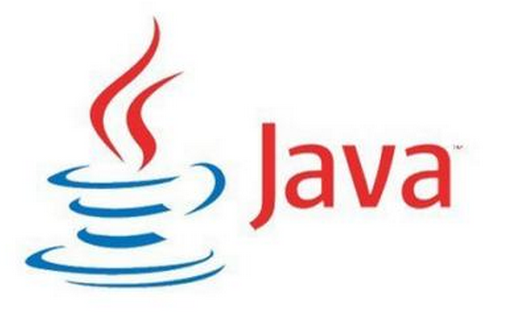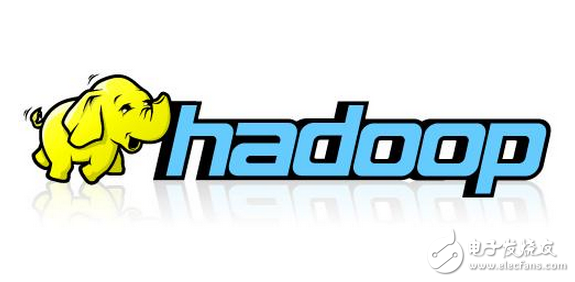Big data is a series of processing methods that store, calculate, count, analyze and process massive amounts of data. The amount of data processed is usually terabytes, or even PB or EB-level data, which cannot be accomplished by traditional data processing methods. The technologies involved include distributed computing, high-concurrency processing, high-availability processing, clustering, real-time computing, etc., which bring together the most popular IT technologies in the current IT field.
To learn big data well, you need to master the following technologies:
1. Java Programming Technology
Java programming technology is the foundation of big data learning. Java is a strongly typed language with extremely high cross-platform capabilities. It can write desktop applications, web applications, distributed systems and embedded system applications, etc. It is big data Engineers’ favorite programming tool, so if you want to learn big data well, mastering the basics of Java is essential!

2.Linux commands
The development of big data is usually carried out in the Linux environment. Compared with the Linux operating system, the Windows operating system is a closed operating system, and open source big data software is very restricted. Therefore, if you want to engage in big data development-related work, you need to master Linux basic operation commands. For real big data engineers, linux commands are written horizontally and are not executed one sentence at a time. Especially when big data engineers need to detect various overheads such as cpu, memory, network IO, etc., they need to master various commands. The commands are mainly divided into these There are several types, one is to view the relevant information of various processes, including cpu or memory from high to bottom, or top ten, etc. The second is to troubleshoot, combine various commands of Linux and Java to quickly locate the key point of the problem. The third is to eliminate the reasons for the slow use of the system for a long time.

3.Hadoop
Hadoop is an important framework for big data development. Hadoop is divided into HDFS and Map/reduce. HDFS is the main distributed storage of Hadoop. An HDFS cluster is mainly composed of a NameNode (metadata that manages the file system) and a DataNode that stores actual data. HDFS provides storage for massive amounts of data and realizes access optimization. Hadoop's MapReduce is a software framework that provides calculations for massive amounts of data. It is convenient to write applications to process large amounts of data (mostly terabytes of data). Therefore, it needs to be mastered. In addition, it is also necessary to master the Hadoop cluster. , Hadoop cluster management, YARN and Hadoop advanced management and other related technologies and operations!

4.HBase
HBase is a Hadoop database. HBase is a distributed, column-oriented open source database. It provides random, real-time read/write access to big data, and is optimized to carry very large data tables-billions of rows multiplied by hundreds Ten thousand columns-to achieve clustering on server hardware. Different from general relational databases, it is more suitable for unstructured data storage. It is a highly reliable, high-performance, column-oriented, and scalable distributed storage system. At its core, Apache HBase is a distributed column-oriented storage system. The database belongs to Google's Bigtable: Apache HBase provides Bigtable-like capabilities on top of Hadoop and HDFS. Big data development requires basic knowledge, applications, architecture, and advanced usage of HBase.

5.Hive
Hive is a data warehouse tool based on Hadoop. It is a convenient and simple data summary tool. It can map structured data files to a database table and provide simple SQL query functions. SQL statements can be converted into MapReduce tasks for operation. Very suitable for statistical analysis of data warehouse. At the same time, this language can also allow traditional map/reduce programmers to embed their custom maperhe reducer. For Hive, you need to master its installation, application, and advanced operations.

6.ZooKeeper
ZooKeeper is an important component of Hadoop and Hbase. It is a software that provides consistent services for distributed applications. It is a centralized service (load balancer). The functions provided include: configuration maintenance, domain name service, distributed synchronization, components Services, etc., and provide group services. Apache ZooKeeper coordinates distributed applications running on a Hadoop cluster. In the development of big data, it is necessary to master the common commands and function implementation methods of ZooKeeper.
7.phoenix
Phoenix is ​​an open source SQL engine written in Java that operates HBase based on the JDBC API. It has dynamic columns, hash loading, query server, tracking, transactions, user-defined functions, secondary indexes, namespace mapping, data collection, and row time. With the characteristics of stamping columns, paging queries, jumping queries, views, and multi-tenancy, big data development needs to master their principles and usage methods.
8.Avro ​​and Protobuf
Both Avro and Protobuf are data serialization systems, which can provide a wealth of data structure types, which are very suitable for data storage, and can also communicate data exchange formats between different languages. To learn big data, you need to master its specific usage.
9.Cassandra
Apache Cassandra is a high-performance, scalable, and highly linearly available database that can run on a server or cloud infrastructure to provide a perfect platform for mission-critical data. Cassandra supports replication between multiple data centers and is the best of its kind, providing users with lower latency, even without fear of power outages. Cassandra's data model provides convenient column index, high performance and powerful built-in cache.

10.Kafka
Kafka is a high-throughput distributed publish-subscribe messaging system. Its purpose in big data development and application is to unify online and offline message processing through Hadoop's parallel loading mechanism, and to provide real-time messages through clusters. . Big data development needs to master the principles of Kafka architecture, the role and usage of each component, and the realization of related functions!

11.Chukwa
It is an open source large-scale distributed system data acquisition and monitoring system. It is built on the Hadoop Distributed File System (HDFS) and Map/Reduce framework, and inherits the scalability and robustness of Hadoop. Chukwa also includes a flexible and powerful toolkit for displaying, monitoring and analyzing results in order to make the best use of the collected data.
12.Flume
Flume is a highly available, highly reliable, distributed system for collecting, aggregating, and transmitting massive logs. Flume supports customizing various data senders in the log system to collect data; at the same time, Flume provides simple data processing , And write to the capabilities of various data recipients (customizable). Big data development needs to master its installation, configuration and related usage methods.
T Copper Tube Terminals,Non-Insulated Pin-Shaped Naked Terminal,Copper Cable Lugs Terminals,Insulated Fork Cable Spade Terminal
Taixing Longyi Terminals Co.,Ltd. , https://www.longyicopperlugs.com